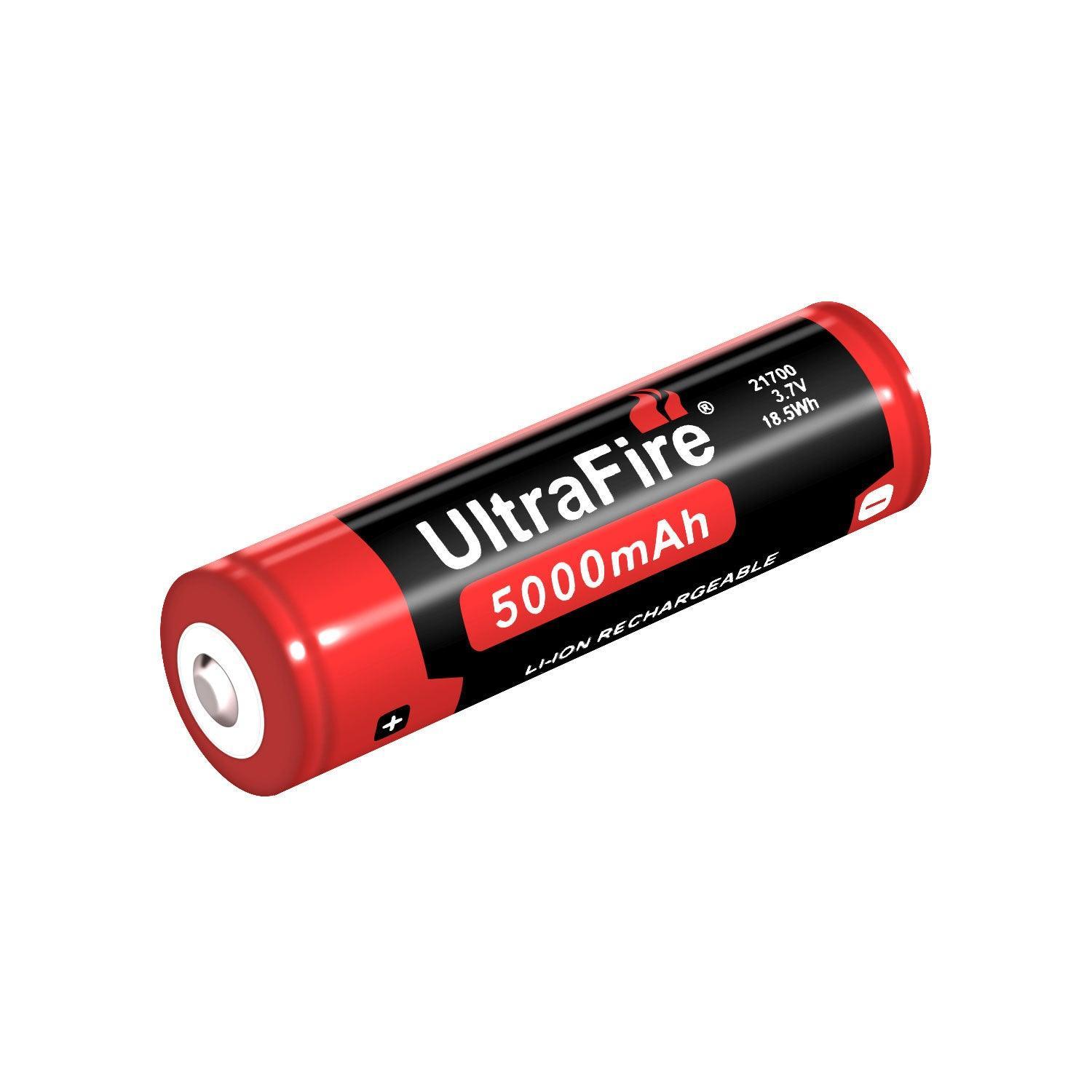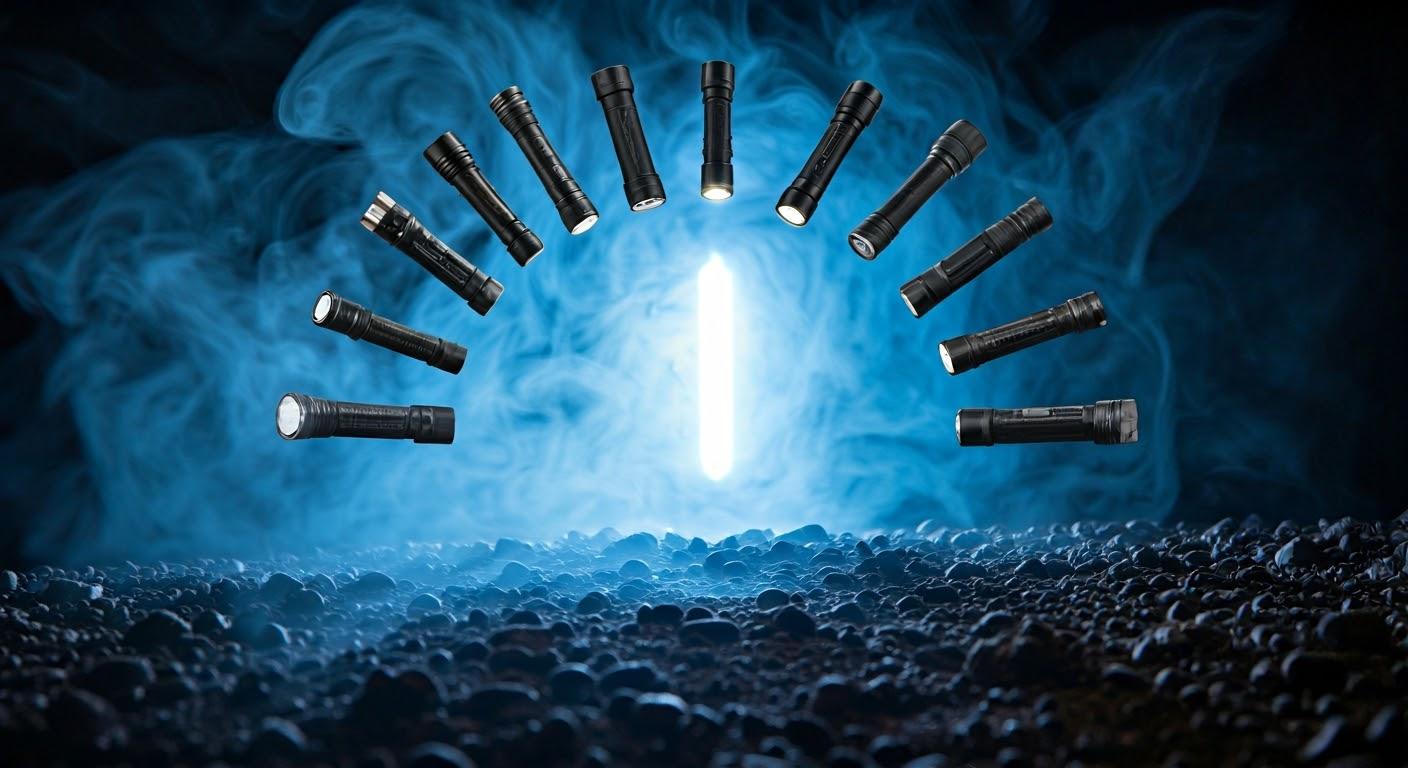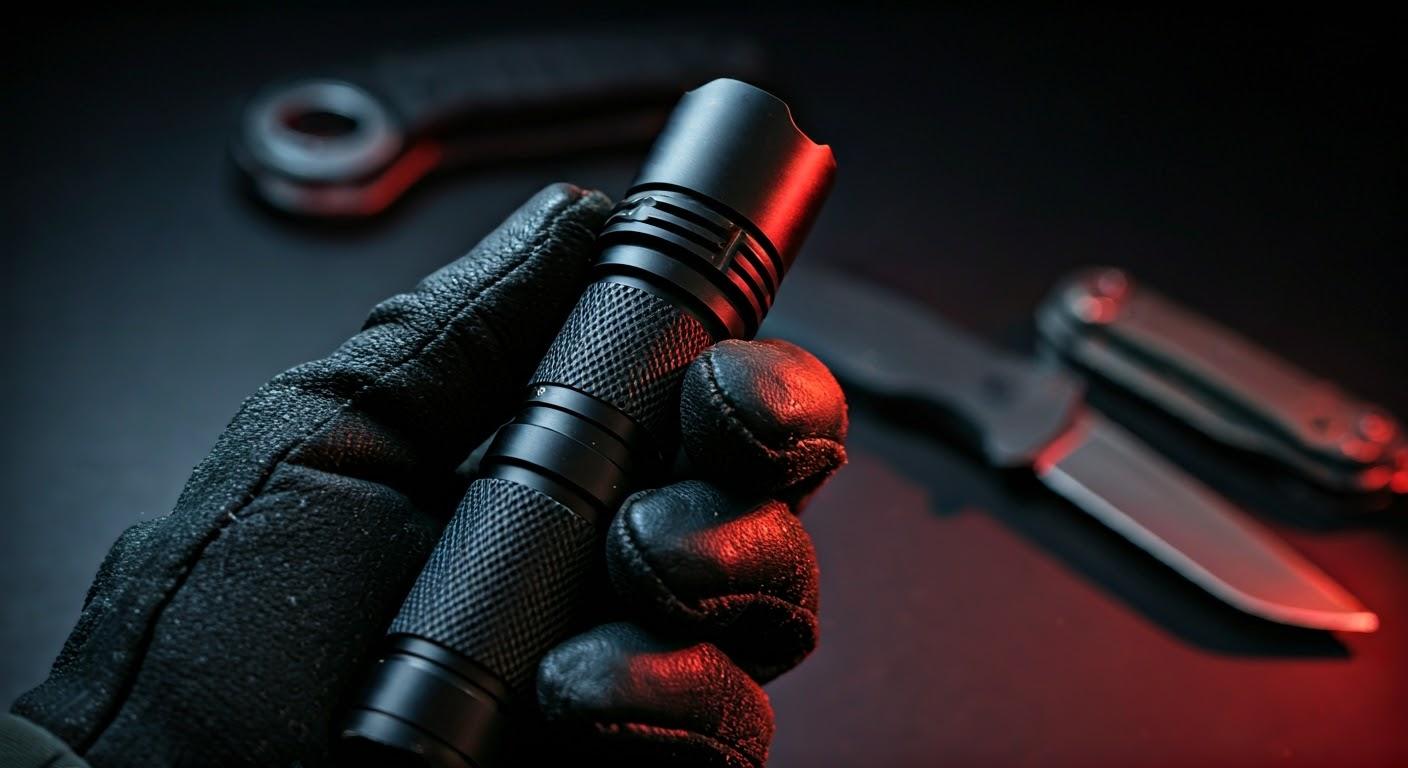Introduction
When disaster strikes, whether it’s a power outage, natural disaster, or an unexpected emergency, one of the first things you’ll need is reliable lighting. Flashlights are an essential item in every emergency kit, providing the necessary illumination to navigate through the dark and carry out essential tasks. In this article, we’ll explore why flashlights are indispensable in emergency preparedness and guide you on how to choose the best flashlight to suit your needs during a crisis.
Why Flashlights Are Essential in Emergency Kits
During emergencies, having a flashlight can make all the difference. Here’s why they are crucial in your emergency preparedness plan:
-
Power Outages: Whether caused by storms, earthquakes, or other events, power outages are common during emergencies. Flashlights ensure you can still see and move around safely when the lights go out. They help you avoid accidents, locate essential items, and stay oriented until power is restored.
-
Navigating Through Dangerous Areas: After disasters like hurricanes, earthquakes, or floods, debris and structural damage can block paths or make navigating hazardous. Flashlights illuminate your surroundings, allowing you to safely find your way and avoid injuries caused by unseen obstacles.
-
Signal for Help: Flashlights can be used to signal for help during an emergency. The strobe function on many flashlights can be seen from a distance, making it an effective signaling tool. If you're trapped, injured, or in need of assistance, a flashlight could help emergency responders locate you more easily.
-
Aid in First Aid and Rescue: A flashlight is essential for performing first aid or rescue efforts in dark or low-light environments. In a medical emergency or while helping others, having a flashlight to inspect wounds, locate medical supplies, or ensure safety is invaluable.
-
Safety in Darkness: After an emergency, power lines may be down, and streets can be unlit, making it dangerous to move around in the dark. A flashlight provides the necessary visibility to avoid hazards, protect yourself from wild animals, and assess the safety of your environment.
-
Multipurpose Functionality: Many modern flashlights come equipped with multiple functions such as strobe lights, SOS signals, and variable brightness levels. These features are especially useful in emergency situations where you may need a burst of light, need to conserve battery, or require signaling assistance.
How to Choose the Best Flashlight for Emergency Preparedness
Selecting the right flashlight for your emergency kit requires careful consideration of several factors. Here’s what you should look for:
-
Brightness (Lumens): The brightness of a flashlight is measured in lumens, and for an emergency, you need one that can produce enough light to navigate in the dark. Flashlights with at least 200-300 lumens are usually sufficient for indoor use, but you may want something with more lumens for outdoor conditions. Consider how far the beam can reach and how bright the light needs to be to ensure you can see clearly in your environment.
-
Runtime and Battery Life: In an emergency, you may not have immediate access to power sources. A flashlight with a long battery runtime is crucial. Choose a model with a rechargeable battery or one that uses commonly available batteries, such as AA, AAA, or lithium-ion. Flashlights with multiple light modes (e.g., low, medium, high, strobe) help extend battery life by allowing you to adjust brightness as needed.
-
Durability and Build Quality: A flashlight used in an emergency situation needs to be durable enough to withstand drops, rough handling, and challenging environments. Look for flashlights made from rugged materials such as aluminum or reinforced plastic, and consider models with impact resistance ratings. An IP rating (Ingress Protection) indicates a flashlight’s resistance to dust and water, so an IP68-rated flashlight would be a good choice for outdoor emergencies or weather-related disasters.
-
Size and Portability: Consider the size of the flashlight. While it’s important to have a flashlight that provides good illumination, it also needs to be easy to store and carry in your emergency kit. A compact, lightweight flashlight is ideal for portability and doesn’t take up too much space, but don’t compromise on functionality for size.
-
Water Resistance: Emergencies involving floods, storms, or outdoor activities can expose you to wet conditions. Ensure that the flashlight you select is waterproof or at least water-resistant. Check for flashlights with an IP rating of IPX4 or higher to ensure it can handle exposure to rain or water splashes without failing.
-
Ease of Use: During emergencies, you may be under stress, injured, or trying to assist others. A flashlight should be simple to operate. Features like tail switches and easy-to-use buttons can be very helpful for quickly turning the flashlight on and off, especially when wearing gloves or trying to manage other tasks.
-
Rechargeability: If possible, opt for a rechargeable flashlight. These are more cost-effective and environmentally friendly in the long run. Choose models that support USB-C charging for fast and efficient charging, as this has become a standard across many modern devices. Flashlights with a solar charging option can also be helpful, as they allow you to recharge your flashlight in the absence of an electrical outlet.
Top Features to Consider for Emergency Flashlights
- SOS Mode: Many flashlights feature an SOS function that sends out a distress signal, which can be used to alert rescuers if you’re in need of help.
- Strobe Mode: Flashlights with a strobe function can be used for signaling, distracting attackers, or attracting attention in a rescue situation.
- Lockout Feature: Some flashlights come with a lockout feature to prevent accidental activation when stored in your emergency kit.
- Multi-mode Functionality: Flashlights with various modes (low, medium, high, strobe) help you conserve battery life when necessary or provide maximum brightness when needed.
Maintaining Your Emergency Flashlight
Once you have your flashlight, it's essential to keep it in good working condition. Here are some maintenance tips:
- Regularly Check Battery Levels: Make sure the flashlight is fully charged or that spare batteries are readily available. Rechargeable flashlights should be periodically charged to ensure they’re ready when needed.
- Store in a Dry, Cool Place: Flashlights should be stored in a dry, cool environment to prevent corrosion of the contacts and deterioration of the battery.
- Clean the Lens and Body: Over time, dust and debris can accumulate on the lens, reducing brightness. Clean the lens and body with a soft cloth and mild soap to keep it functioning properly.
- Test Regularly: Test your flashlight at least once every 3-6 months to make sure it’s still working correctly. This also ensures the batteries hold a charge and that the flashlight’s light modes are functioning as expected.
Conclusion
A flashlight is not just a tool; it’s an essential part of any emergency preparedness kit. Whether you’re navigating a power outage, searching for emergency supplies, or signaling for help, the right flashlight ensures you’re never left in the dark. By selecting a durable, bright, and reliable flashlight and properly maintaining it, you can ensure that you’re well-equipped for any situation.
Remember, a well-prepared flashlight can save time, money, and—most importantly—your safety during a crisis. Choose wisely, and make sure your flashlight is always ready when you need it most.


































